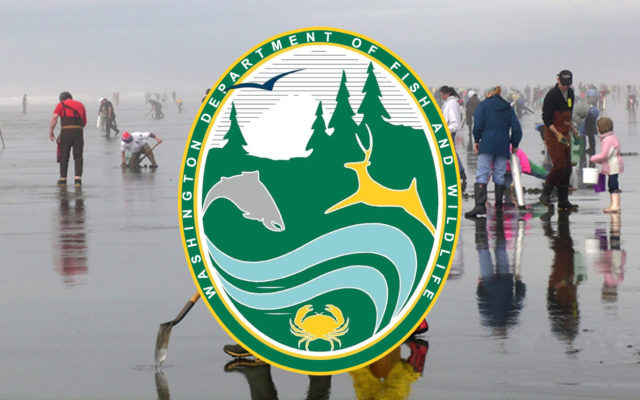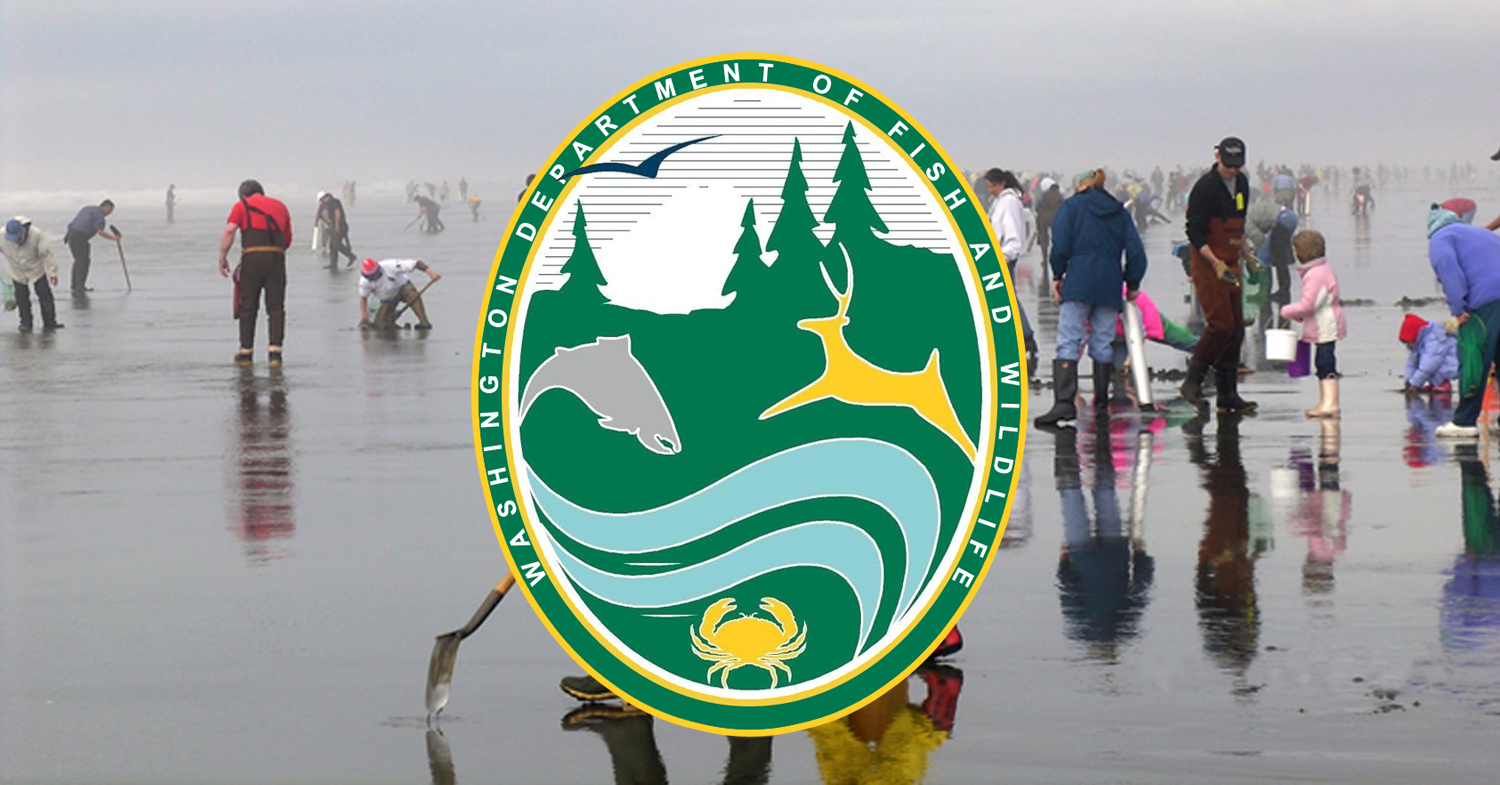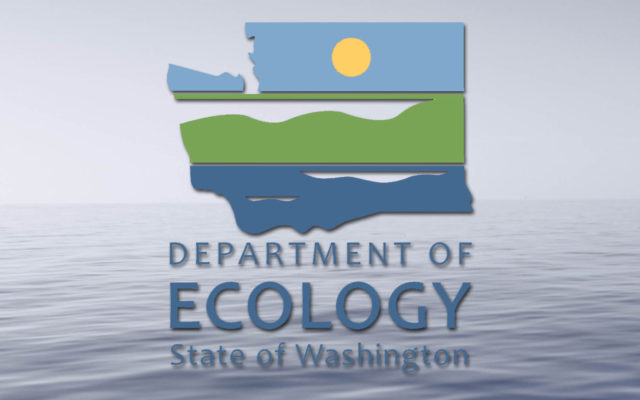Domoic acid levels lowering; still not enough to allow for local razor clam digs


While local domoic acid levels are getting closer to making clam digs possible, they are still above the statewide action levels.
In an update from Washington Department of Fish & Wildlife shellfish managers, they say that “the most recent razor clam domoic acid test results look a little more encouraging than what we have seen to date”.
before a beach can be opened for the harvest of razor clams, protocol requires that all razor clam samples collected from that beach must test under the action level of 20 ppm for domoic acid on both of two required sample collections, that must be spaced 7 to 10 days apart.
The results must also show a declining trend between samples.
On the local beaches, Mocrocks tested below that level, at 19, while Copalis, Twin Harbors, and Long Beach all came in above the allowed amounts.
Coastal Shellfish Manager Dan Ayres says that no future razor clam dates will be announced until domoic acid levels in razor clams drop below the action level.
Ayres says that the razor clams continue to follow the historical pattern of slowly losing domoic acid and for the last several months has has seen the levels “bounce around” considerably, however, the recent report shows some “nice declines” on all beaches.
The next set of samples are expected at the end of March and officials say at that time they will have a clearer picture then if any digging might occur in April or May.
MARINE TOXIN UPDATE:
Listed below are the most recent marine toxin levels, as announced by the Washington Department of Health (WDOH). To see previous results, see the web link below.
Recall, before a beach can be opened for the harvest of razor clams, WDOH protocol requires that all razor clam samples collected from that beach must test under the action level (20 ppm for domoic acid; 80 µg/100g for PSP; and 16 µg/100g for DSP) on both of two required sample collections, that must be spaced 7 to 10 days apart. The results must also show a declining trend between samples.
Note that in all these samples; only razor clam meat tissue is tested.
Long Beach Area E (north): Collected 3/10/21
- domoic acid = 26 ppm
- PSP = none detected
- DSP = none detected
Twin Harbors Area CL (middle): Collected 3/10/21
- domoic acid = 31 ppm
- PSP = none detected
- DSP = none detected
Copalis Area XL (middle): Collected 3/10/21
- domoic acid = 22 ppm
- PSP = none detected
- DSP = none detected
Mocrocks Area CP (middle): Collected 3/10/21
- domoic acid = 19 ppm
- PSP = none detected
- DSP = none detected
These results and the historical record of domoic acid events can be found at: https://wdfw.wa.gov/fishing/basics/domoic-acid/levels (click on “show historical data”) and then hover your curser over the data points for more detail).
Along with sampling collecting razor clam every two week, WDFW together with our colleagues in the ORHAB (Olympic Region Harmful Algal Bloom) partnership continue on-going observations of the surf zone phytoplankton assemblages.
You Might Also Like



